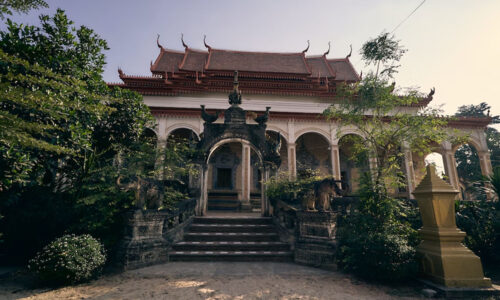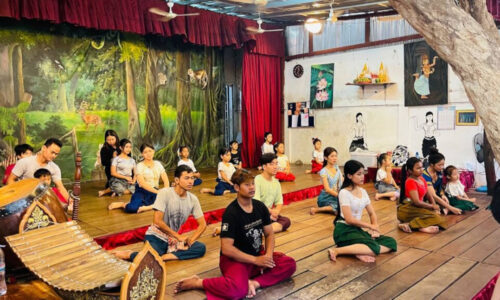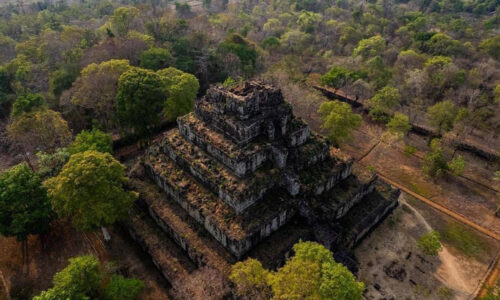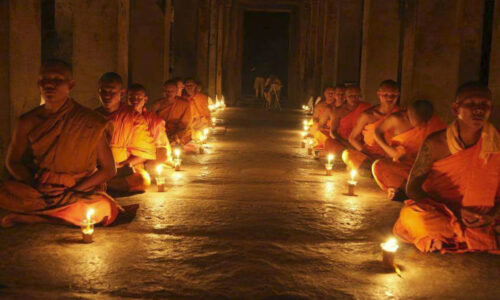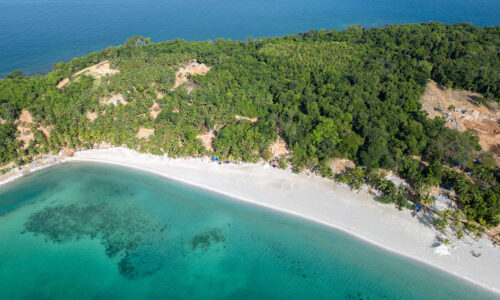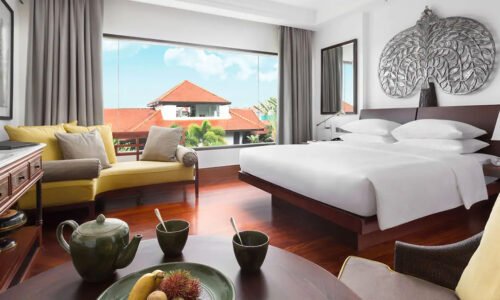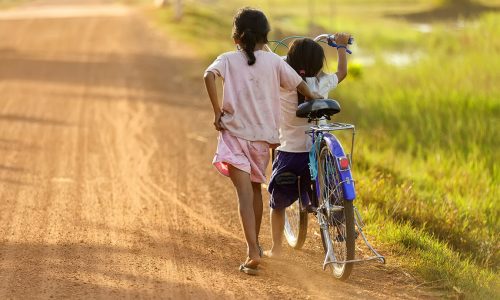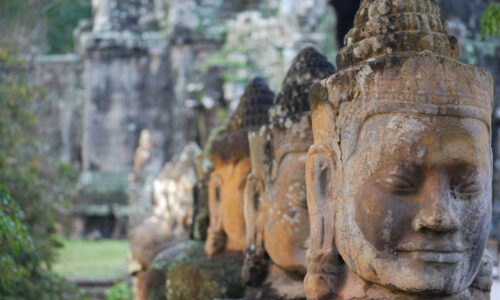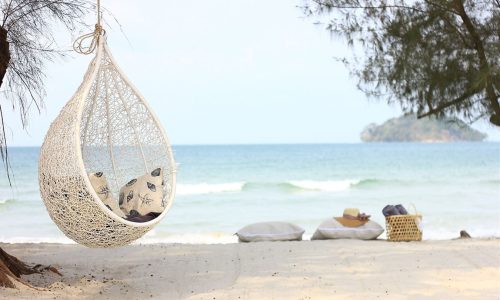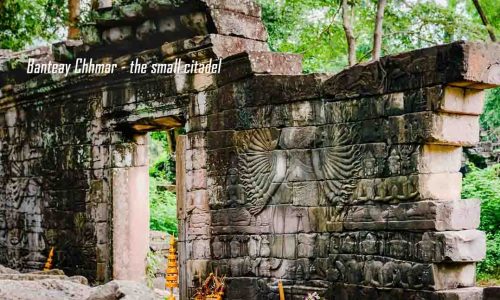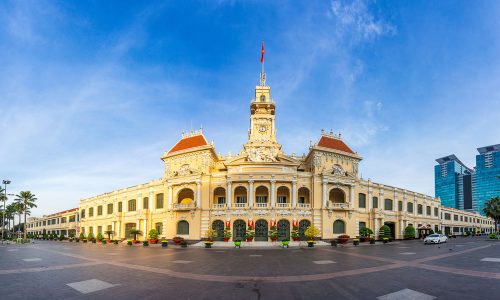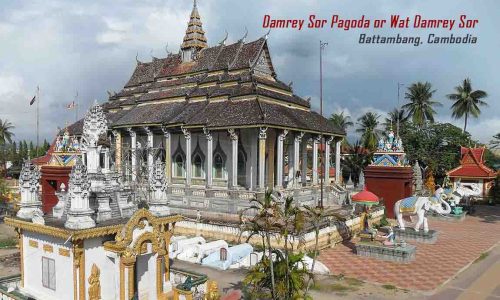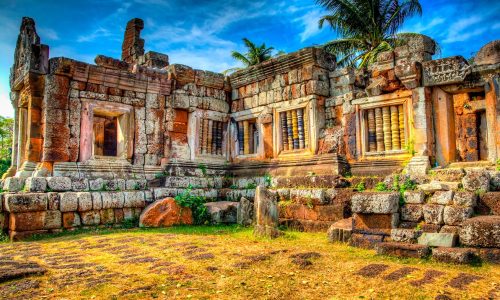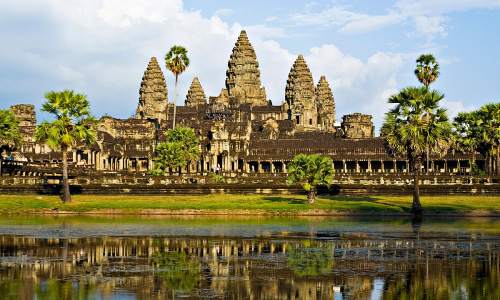
ABOUT CAMBODIA
Cambodia namely “The Kingdom of Cambodia”, formerly Kampuchea, is a Southeast Asian Nation that has its borders with Thailand, Lao, Vietnam and the Gulf of Thailand. The country’s main capital is Phnom Penh.
Historical Overview
Cambodia’s history is marked with periods of peace and of great calamity. From its early cities to the introduction of Hinduism and Buddhism, the great kingdom of Angkor, colonialism, and the Khmer Rouge, this essay tries to put its current rebuilding of civil society in context of its incredible history and the challenges it faces today.
When Communist insurgents known as the Khmer Rouge seized control of Cambodia in 1975, a spokesman claimed that in the process “2,000 years of history” had come to an end. What he meant was that the Khmer Rouge intended to break with the past and to overthrow Cambodia’s social relationships. The spokesman was also boasting that Cambodia’s recorded history stretched back for two millennia.
In fact, archaeological data has revealed that the area we now call “Cambodia” was inhabited by human beings at least 40,000 years ago. Cities developed along the coast in the centuries before and after the birth of Christ. Indian and Chinese pilgrims and traders passed through these cities, and for the first centuries of the Christian era sources for Cambodian history that survive are almost entirely written in Chinese. Elements of Indian culture, in the meantime, took root among Cambodia’s elite, and by the 5th and 6th centuries several Hinduized kingdoms sprang up in southern Cambodia. We know about them from the remains of small religious monuments in brick, laterite and stone, from massive stone sculptures, and from inscriptions in Sanskrit and Cambodian, or Khmer. The earliest dated inscription comes from the 4th century CE.
In the late 8th century, a Khmer prince later crowned as Jayavarman II returned to Cambodia from “exile” in Java, and began to consolidate the kingdom. In 802, in a ceremony near the site we now call Angkor, north of Cambodia’s Great Lake, he declared himself a universal monarch, and founded a dynasty that lasted until Angkor was abandoned in the 16th century.
In its heyday, Angkor was a powerful kingdom that dominated much of mainland Southeast Asia. Its capital, Yasodharapura, probably housed as many as a million people—most of them farmers—making it one of the most populous cities in the world. The city’s temples, dedicated to the Buddha or to Hindu gods, are among the artistic wonders of the world. An image of the most famous of these, Angkor Wat, has appeared on every Cambodian flag (there have been five of them) since the country gained its independence from France in 1953.
In the 13th century, Cambodians converted en masse to Theravada Buddhism, the variant practiced by the Khmer today. State-sponsored Hinduism, and the temples inspired by that religion, lost their importance, but for many years the kingdom remained strong and prosperous, as the Chinese emissary Zhou da guan reported in 1296. Over the next 200 years, the empire shrank, as tributary states in what is now Thailand declared their independence and invaded Cambodian territory. By 1450 or so, the capital had shifted southward to the region of present-day Phnom Penh, where it has remained ever since.
Over the next four centuries, Cambodia became a small Buddhist kingdom dependent on the goodwill of its neighbors, Thailand and Vietnam, In the mid-19th century, conflict between these kingdoms spilled onto Cambodian soil, and Cambodia almost disappeared.
Under peace agreements signed in Paris in 1991, Cambodia came under United Nations protection for a time in preparation for general elections that were held in 1993. Since then, Cambodia has been a constitutional monarchy ruled by a coalition government that has accepted large infusions of foreign aid. In 1999 Cambodia became a member of ASEAN, and became for the first time, after centuries of isolation, a full-fledged member of the Southeast Asian community.
Geography :
Cambodia is situated in the Southwest of the Indochinese peninsula, with its area of 181,035 square kilometers, and border Thailand to the West and Northwest, Lao to the Northeast, Vietnam to East and Gulf of Thailand to the Southwest. Cambodia’s geographic coordinates are 13 00 N, 105 00 E. Cambodia’s terrain consists mainly of low plains with mountain to the Southwest and North. Two dominant physical features of Cambodia are the Mekong River which runs from North to South of the Country, and Tonle Sap lake. Natural resources include oil and gas, timber, gemstone, iron ore, manganese, phosphates and hydropower potential.
Population:
According to current projections, Cambodia’s population is estimated to peak at 22.89 million people in 2069. Following its peak, Cambodia’s population is projected to slowly decline, reaching 21.44 million people by the end of the century.
Cambodia’s population grew 1.41% from 2019 to 2020, adding over 232,000 people to the population. Given Cambodia’s negative net migration, its fertility rate of 2.52 births per woman drives its population growth rate. The fertility rate is on a downward trend, resulting in a slowing population growth rate.
Cambodia’s rural communities lack clean water and proper sanitation, and generational poverty is a serious problem in the country. An increasing population would put a further strain on those resources that the country already lacks and worsen its poverty problem. Luckily, the population growth is expected to slow and stop later in the century.
Chart and table of Cambodia population from 1950 to 2022 (Source #latest United Nations data, the UN estimates by July 1, 2022).
-
- The current population of Cambodia in 2022 is 16,767,842, a 1.08% increase from 2021.
- The population of Cambodia in 2021 was 16,589,023, a 1.17% increase from 2020.
- The population of Cambodia in 2020 was 16,396,860, a 1.17% increase from 2019.
- The population of Cambodia in 2019 was 16,207,746, a 1.14% increase from 2018.
Climate:
Like most of the Country in Southeast Asia, Cambodia’s climate is hot and warm in almost a whole year. The climate is dominated by annual monsoon cycle of dry and rainy season on which rainy season lasts from May – October, and the dry season from November – April. December – January are the coldest months while the hottest period is in April. The average temperature is around 27-28 degree C.
National Flag:
The flag of Cambodia symbolize the Country’s slogan: Nation, Religion, King. The two (2) large stripes represent royalty and the center red stripe represent the nation. The image of the white temple stands for the nation’s religion.
Religion:
Theravada Buddhism is the prevailing official religion in the Kingdom of Cambodia and approximately ninety percent (90%) of the population is Buddhist. Islam, Hinduism, Christianity are also embrace in Cambodia. Since Buddha statues and images represent the revered Buddha, visitors are asked to treat all such statues and images with respect, so as not to offend the local people. In Cambodia, regardless of religion, the country maintains a harmonized state.
National Flower:
National flower is Rom duol, a small yellowish-white flower is the national flower of the Kingdom of Cambodia. Since ancient times, Cambodian women have often been compared to the Rom duol flower because of its attractive fragrance – a unique scent that is prominent in the late afternoon and can travel over long distances with the wind. With its sturdy stems that measure up to 30 cm, the Rom duol plant can grow to a height of 12 meters. The plants are being planted to enhance the public parks.
Customs & Tradition:
Cambodian culture & tradition have had a rich varied history dating back many centuries. Over the year the people of Cambodia developed a set of unique tradition from the syncretism of indigenous Buddhism and Hinduism. Cambodian have been raised to respect to their culture and are very traditional in their way of life. Tourists will the well mannered Cambodian expressing a friendly … Chumreap Suor when they meet each one.
Chumreap Suor (greeting Cambodian way):
Cambodian traditionally greets with a Sampeah, which involves pressing the palms together before the chest with a slight bow-head and greeting with polite words. Chumreap Suor customerily, the higher the hands are held and the lower the bow, the more respect is conveyed. Except when meeting elderly people or government officials, between men, this custom has been partially replaced by handshake. Women usually greet both men and women with the same traditional greeting. Although it may be considered acceptable by foreigners to shake hands with Cambodian, it is more appropriate to respect the custom and respond with a word Chumreap Suor.
Khmer Traditional Dances:
There are many classic dance forms in Cambodia, of which a highly stylized art form was once confined mainly to the courts of the Royal Palace and performed mainly by the females. Known formally in Khmer as Robam Apsara (Apsara Dance), the dancers of this classical form are often referred to as Apsara Dancers.

